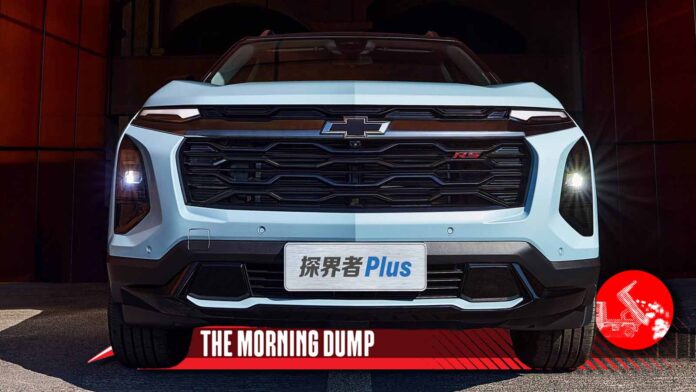If stock futures are any indication, it’s probably going to be a good day to peek at your 401(k) or pension. The reason? Negotiators from China and the United States have reached a deal. Well, they’ve reached a deal to reach a deal, and in the interim, tariffs are being massively rolled back.
It’s another morning of trade here at The Morning Dump, but perhaps I’ll be influenced by the market a bit and will give in to a bit of hope. Maybe there’s some good that can come of this. Maybe there’s a path to get affordable, yet nice, electric cars and hybrids into the United States market.
![]()
Execs already think Chinese cars are coming one way or another, even if there are a million trade barriers at the moment. How? Foxconn could be a model and, oh, look at that: Foxconn is going to do contract manufacturing for Mitsubishi.
The Art Of The Deal To Make A Deal
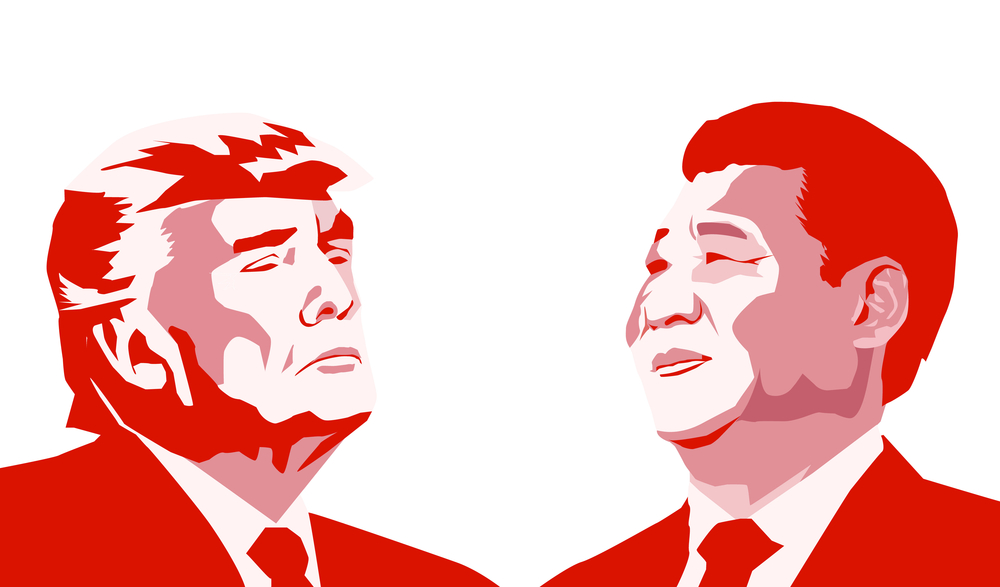
My perspective on the UK-US deal-to-make-a-deal was that it seemed to disadvantage carmakers already in the United States for no real obvious gain. I feel similarly about the just-announced pullback of Chinese-US tariffs.
Here’s the Associated Press on the outline of the outline of the deal to make a deal:
China’s Commerce Ministry said the two sides agreed to cancel 91% in tariffs on each other’s goods and suspend another 24% in tariffs for 90 days, bringing the total reduction to 115 percentage points.
The ministry called the agreement an important step for the resolution of the two countries’ differences and said it lays the foundation for further cooperation.
“This initiative aligns with the expectations of producers and consumers in both countries and serves the interests of both nations as well as the common interests of the world,” a ministry statement said.
China hopes the United States will stop “the erroneous practice of unilateral tariff hikes” and work with China to safeguard the development of their economic and trade relations, injecting more certainty and stability into the global economy, the ministry said.
The most important aspect of this is that both sides agree that they don’t want a “decoupling.” I.e., neither wants to live in a world without the other. The details are extraordinarily vague at this moment, and I don’t think this has any impact on the many existing tariffs in place against Chinese cars, including the ones put there by President Joe Biden.
Maybe those car tariffs should be lowered? I’m going to get Swiftian again, both in the Jonathan and Taylor sense (we’re going Red!) of the word. First, though, a reality check.
Survey: 76% Of Auto Execs Think Chinese Cars Will Enter The U.S. Market Eventually
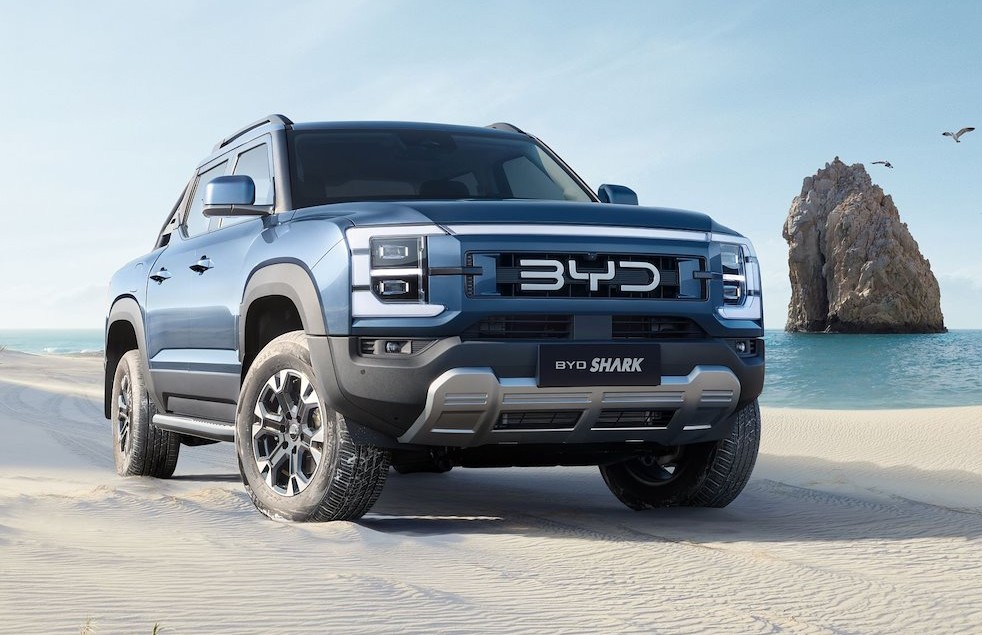
The idea of Chinese automakers in the United States isn’t so far-fetched, at least according to a new survey. The latest report talked to more than 100 execs from various automakers in the country and found that most of them (76%) assume Chinese automakers are going to eventually sell cars to American consumers (arguably, with brands like Polestar and Lotus, and Chinese-made cars from Buick and Lincoln, this is already happening).
Erin Kerrigan, managing director of Kerrigan Advisors, a dealership sell-side firm in Incline Village, Nev., said the questions about Chinese automakers were added to this year’s survey given their growing dominance globally and in their home market.
“These are considered real threats by the OEMs,” Kerrigan said.
About 70% of those surveyed said they were concerned about the financial impact of Chinese automakers globally.
The concept of cheap labor in China undercutting manufacturing in the United States is a concern, and it’s happened before. There are definitely security concerns around connected vehicles. A big issue with Chinese companies has frequently been the reasonable fears of forced labor being utilized. All of that is real and none of it is insurmountable.
My Modest Proposal For How It Could Work
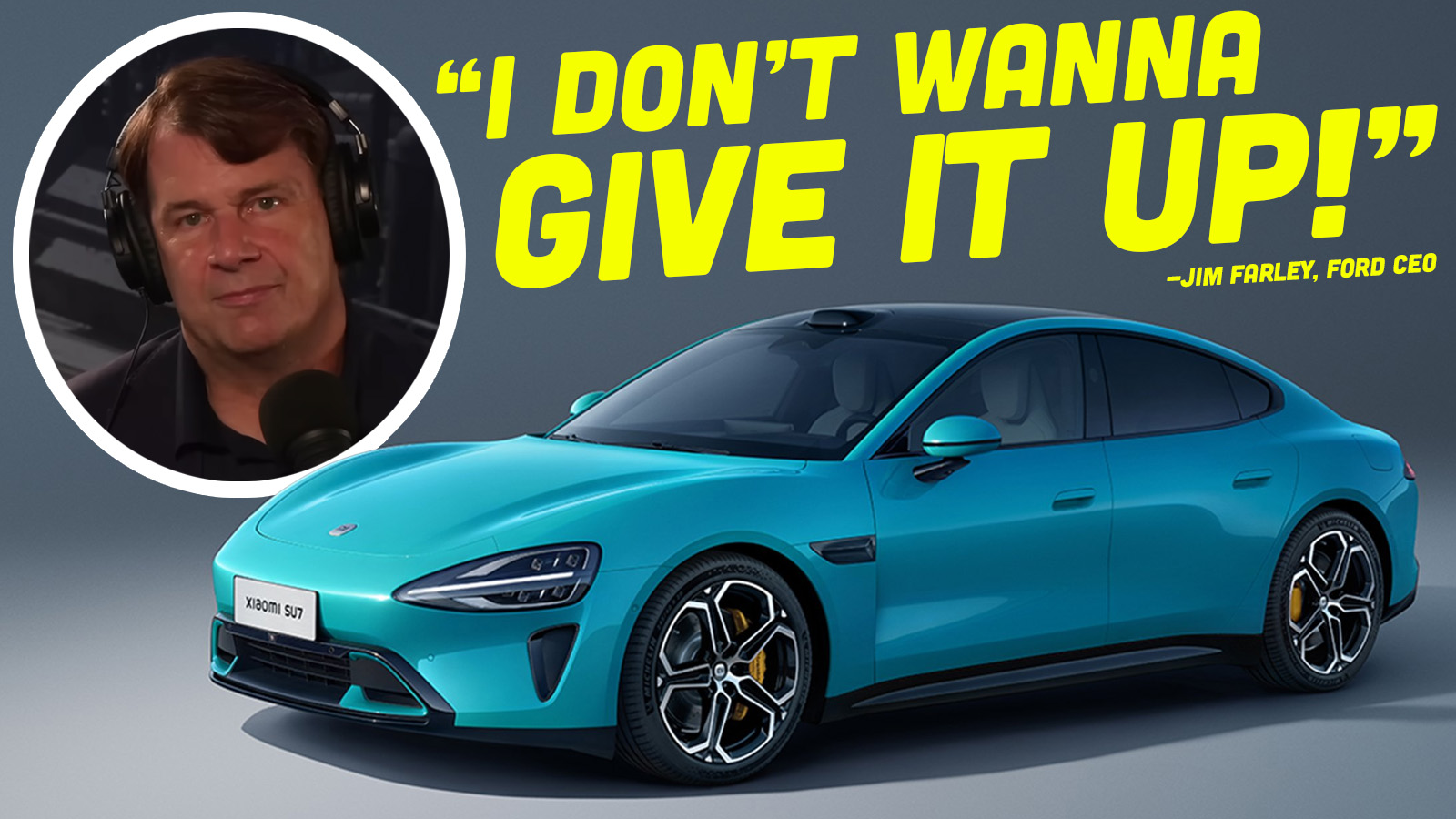
Giving into hopium for at least one subhead, here’s a best-case scenario for almost everyone that keeps a lot of constituencies happy. I don’t even think it involves a bunch of cheap electric cars coming to the United States, though perhaps we’ll get a few of those as well.
What are the big problems here? Everyone wants nice, affordable, safe, and efficient cars. As Jim Farley showed, Chinese automakers know how to build a car that checks a lot of boxes.
Obviously, all the issues listed above have to be addressed. My solution? As part of a deal with China, we get cheaper raw materials and minerals (after the country agrees to better and more ethical mining practices, causing prices to go up slightly, which is also a good thing net for the United States as higher prices make more sources competitive). What does China get?
They get access to our market, but not with a lot of exports. The electric vehicles that can be imported here are limited to a certain size/weight class that we don’t generally build cars for, partially because of demand and partially because of price. I’m thinking small, compact EVs. Those cars can be from Chinese brands and can carry that branding, if that’s what the automaker wants. I.e, an automaker like BYD could bring in a Seagull, and it can be branded as a Seagull and sold through a BYD dealer.
At the same time, Chinese automakers are incentivized to build cars with American partners here under American brands. Western car companies already have joint ventures with Chinese OEMs (GM with SAIC-Wuling, Ford with Changan, Stellantis with Leapmotor), so it’s not hard to build on existing relationships or create new ones.
Anything larger than a small city car has to be sold via a Chinese-American JV (for our purposes, that could include existing foreign automakers like Hyundai or Toyota). For instance, BYD could sell its PHEV Shark truck here, but it could only do so via a JV and with American branding, so perhaps a deal with Stellantis could include Ram-branded Shark. If you look at the history of small trucks in America, most of those have been produced with Asian partners.
There are some guardrails necessary to make this successful:
- A Chinese OEM can’t just set up a JV with an American version of its own company.
- An increasing number of raw materials and supplies need to be sourced from the United States/USMCA zone (this is what Reagan did with Japanese OEMs in the ’80s).
- Labor needs to be, if not pre-agreed to unionized, at least in a structure where it’s possible.
- Some amount of technology transfer from China to the United States.
- “Connected” systems have to be vetted through a new agency/subagency set up to protect sensitive data systems.
There are probably some other issues that need to be thought through.
I also don’t think most of these cars should be solely electric. I think they should mostly be extended-range electric vehicles, or EREVs. It’s what most people seem to want/need if Europe is any indicator.
As Bloomberg reports, some of that is a response to regulation, but tastes matter as well:
Until recently, Chinese automakers had prioritized selling EVs in Europe, spurred by the region’s ambitious targets to lower carbon emissions and the desire to lead in the emerging segment of a global industry. That changed when the European Union imposed higher tariffs on Chinese-made EVs last year, after determining that generous subsidies from Beijing had created an unfair advantage for its battery-powered car industry.
With multiyear gains in EV sales at a plateau, Chinese carmakers have turned to more conventional drivetrains to pick up the slack.
EV powerhouse BYD Co., for instance, is for the first time selling significant numbers of plug-in hybrids in the EU and the UK. SAIC Motor Corp.’s MG sold almost 47,000 hybrid, plug-in hybrid and combustion engine-powered cars in EU countries in the first quarter, according to Dataforce. That was more than double its early 2024 tally, while EV sales fell by half.
There could be some room for plug-in hybrids as well, like the crazy Equinox PHEV in China that has a 621-mile range.
Again, there’s a lot here for different groups. The environmentalists get cleaner cars, the car companies get technology, the states get new businesses, and labor gets new members.
Foxconn Lands A Mitsubishi Deal
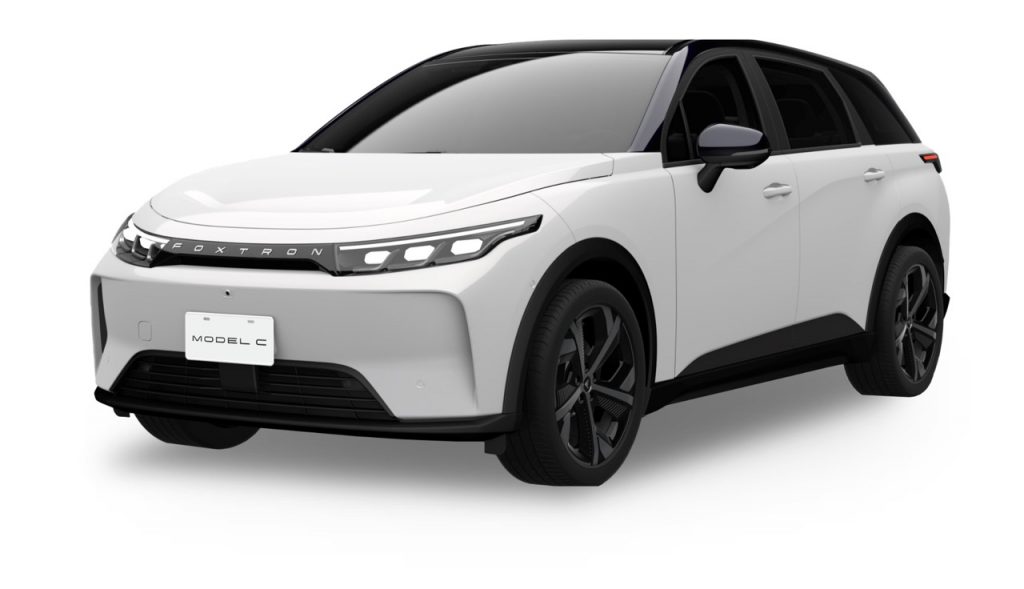
After a lot of tsuris over Foxconn maybe buying Nissan, it sounds like the Taiwanese megaconglomerate is going to get a deal to produce EVs for Mitsubishi… which is maybe what it wanted all along.
WardsAuto explains the ins-and-outs:
A new BEV Mitsubishi model is expected to be available by the end of 2026 under the contract, which would be Foxconn’s first major production deal in the sector it has been courting for some time.
It has previously said it would consider taking a stake in Nissan for vehicle production cooperation, as it has ambitions to diversify its business.
Foxtron, the company’s BEV joint venture with automaker Yulon Motor, counts Yulon-owned Luxgen as its main client in Taiwan.
The companies say in a statement that the cars will be built by Foxtron and “Foxtron will provide design and manufacturing management services, and this model is expected to enter the Australia and New Zealand markets in the second half of 2026,” the statement adds.
So, it’s not coming to the United States. At least not yet (although Foxconn has a plant in Ohio).
Foxconn itself is a cautionary tale. The iPhone was invented in Cupertino, but it couldn’t exist in its cheap and accessible form without China. Many people say they want electric cars, yet they’re not willing to pay the high prices for them. Merely opening the floodgates to cheap Chinese EVs in the United States may help solve the environmental problem, but it creates worse issues (though, eventually, the gorillas freeze to death).
What I’m Listening To While Writing TMD
Here we go! Yeah Yeah Yeahs with “Gold Lion” blowing up some drums.
The Big Question
Poke holes in my idea! Tell me why I’m dumb!
Photo: GM

